Diplomatic Customization Series (1)
Author:Knowledge Society Time:2022.06.25
Introduction to Quyang Ding Porcelain
Ding Kiln is one of the five famous kiln (Ding, Ru, Guan, Brother, and Jun) in the Song Dynasty in my country. It was originally produced in Quyang County, Baoding City, Hebei Province.
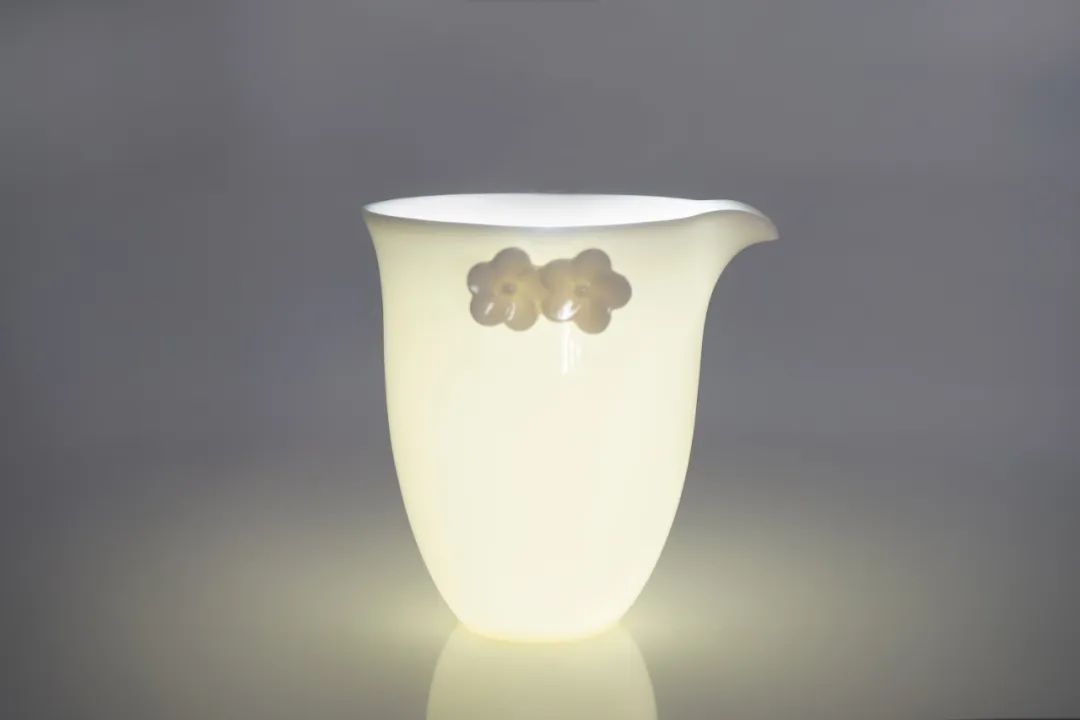
Dingyao fired began in the Sui Dynasty, and was in the Northern Song Dynasty. Ding porcelain is mainly white porcelain, dense and delicate tire quality, transparent and soft glaze, and has the reputation of "white like jade, thin as paper, sound like a puppet". Among the five famous kiln, the only fixed kiln is well -known for decoration.
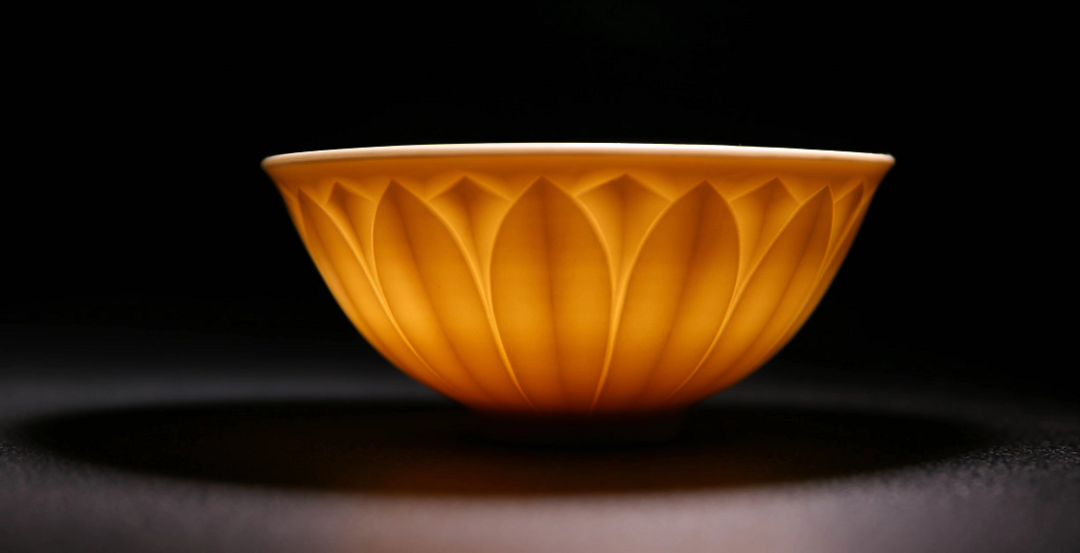
After the founding of the People's Republic of China, under the cordial care of Premier Zhou Enlai, Quyang people tapped the Ding porcelain. After the ups and downs, it finally recovered and developed the cultural treasure that lost thousands of years.
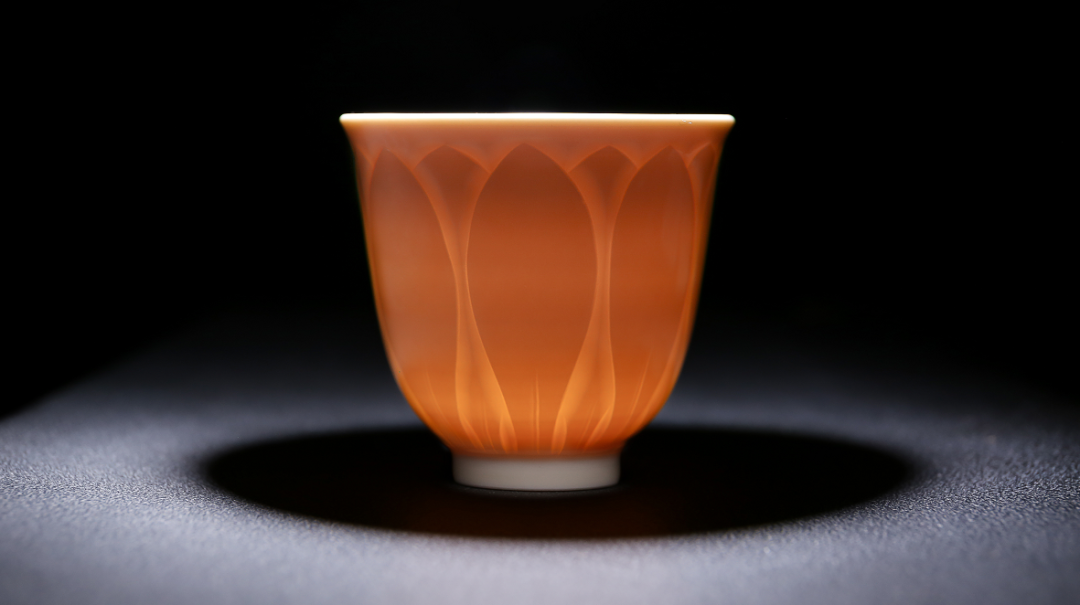
In 2008, Quyang's "fixed porcelain firing technology" was listed as the second batch of national intangible cultural heritage. In 2021, the "Dingyao Site" was selected as a special plan for the protection and utilization of the "Fourteenth Five -Year Plan" site of the National Cultural Relics Bureau. "Quyang Dingyao" and "Quyang Ding Porcelain" successfully registered the national geographical indication trademark, and Quyang was successfully selected into the pilot to revitalize the rural rejuvenation in Hebei Province.
Introduction to Quyang stone carving
Quyang Stone carved in Han, Xing in the Tang Dynasty, and flourished in Yuan. In the Tang Dynasty, Quyang was already the largest Han white jade carving center in northern my country. From Henan Longmen Grottoes, Shanxi Yungang Grottoes, Yuanda Metropolitan, Ming and Qing Royal Palace Gardens and Tomb Monument Monuments, and the Top Ten Buildings of the Capital, a large number of sculptures are from the hands of Quyang sculpture craftsmen. Quyang stone carvings are very vivid and exquisite, reflecting the unique perception of Quyang carving artisans for art. In 2006, "Quyang Stone Carving Skills" was listed as the first national intangible cultural heritage.
1
Fragrant cover cup
The lotus is a gentleman in the flower. This cup uses the relief process to place the lifelike lotus in the cup, dignified and atmospheric, meaning harmony and beauty, everything is smooth.
Specification: 350ml
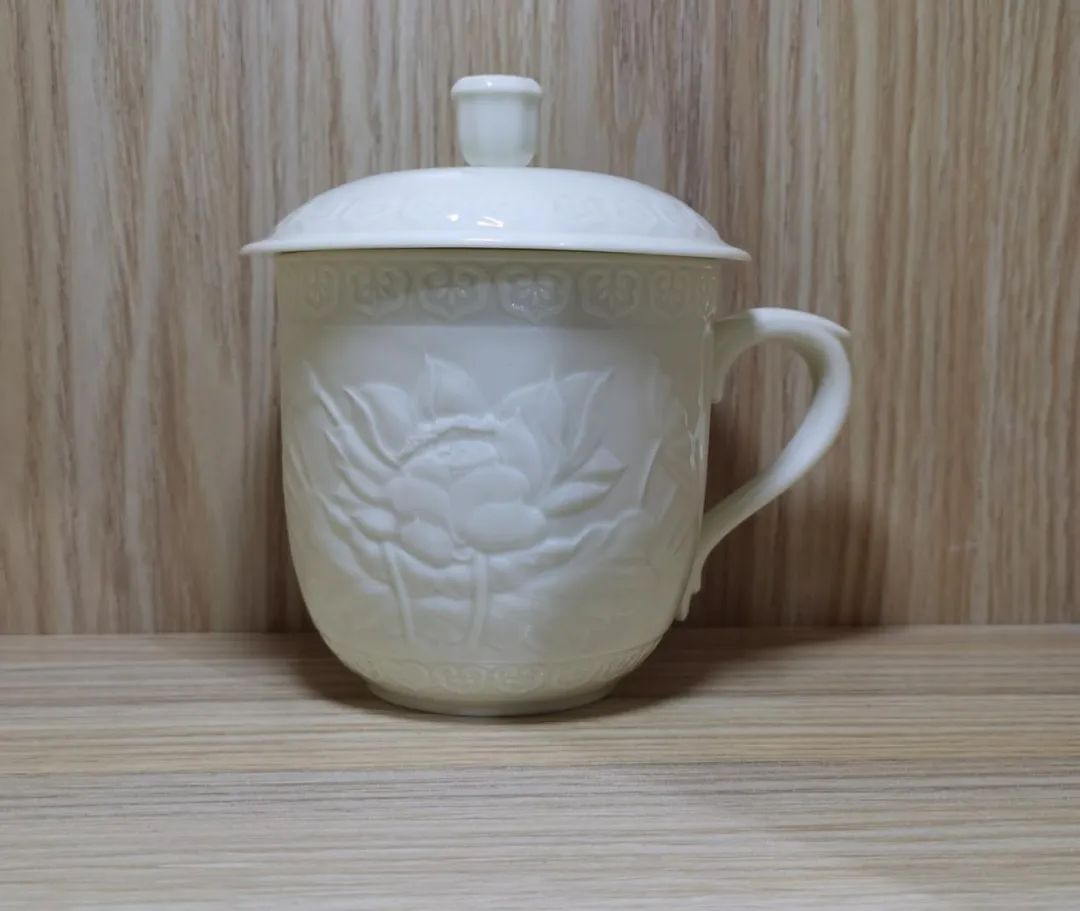

2
Lanxiang Cap
The main surface of this cup uses orchids as the pattern, the back pattern is used as the lace, and the traditional Chinese dragon head is used as the handle.
Specification: 350ml
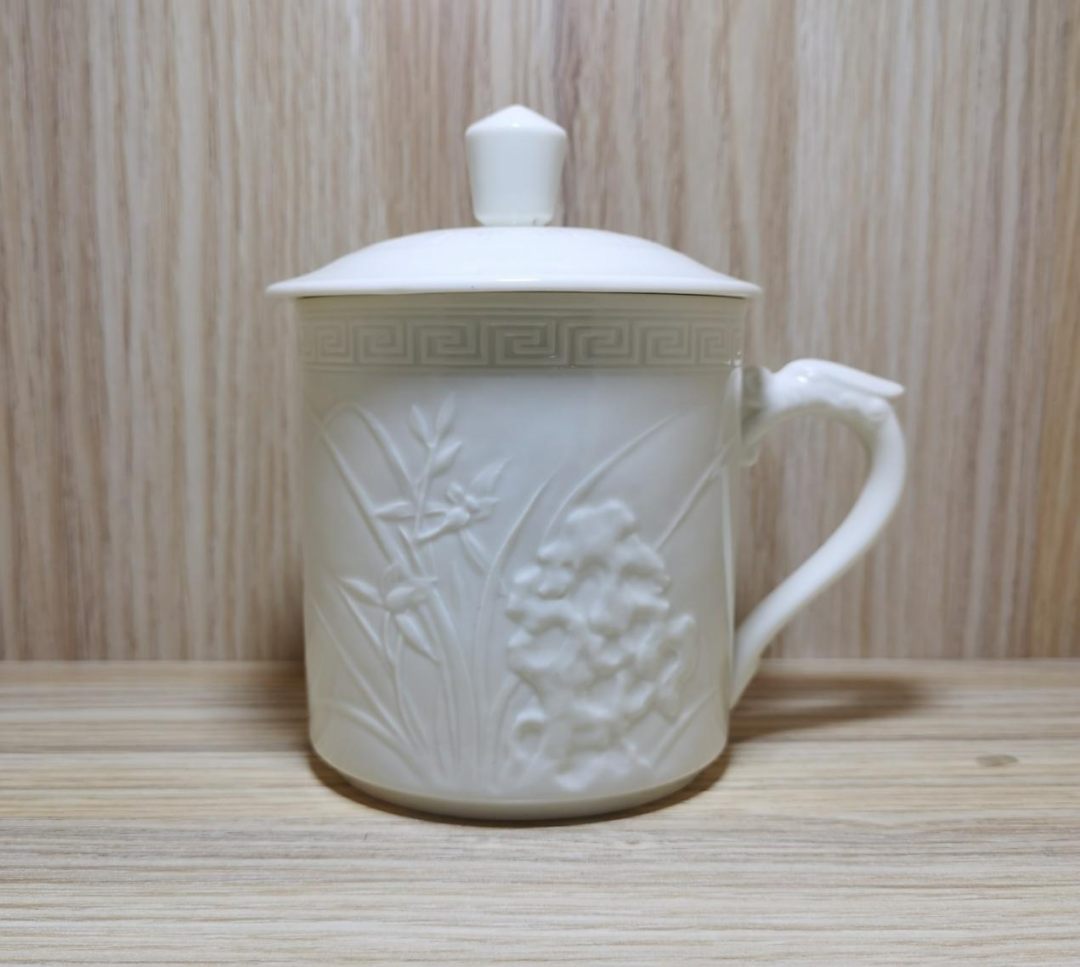
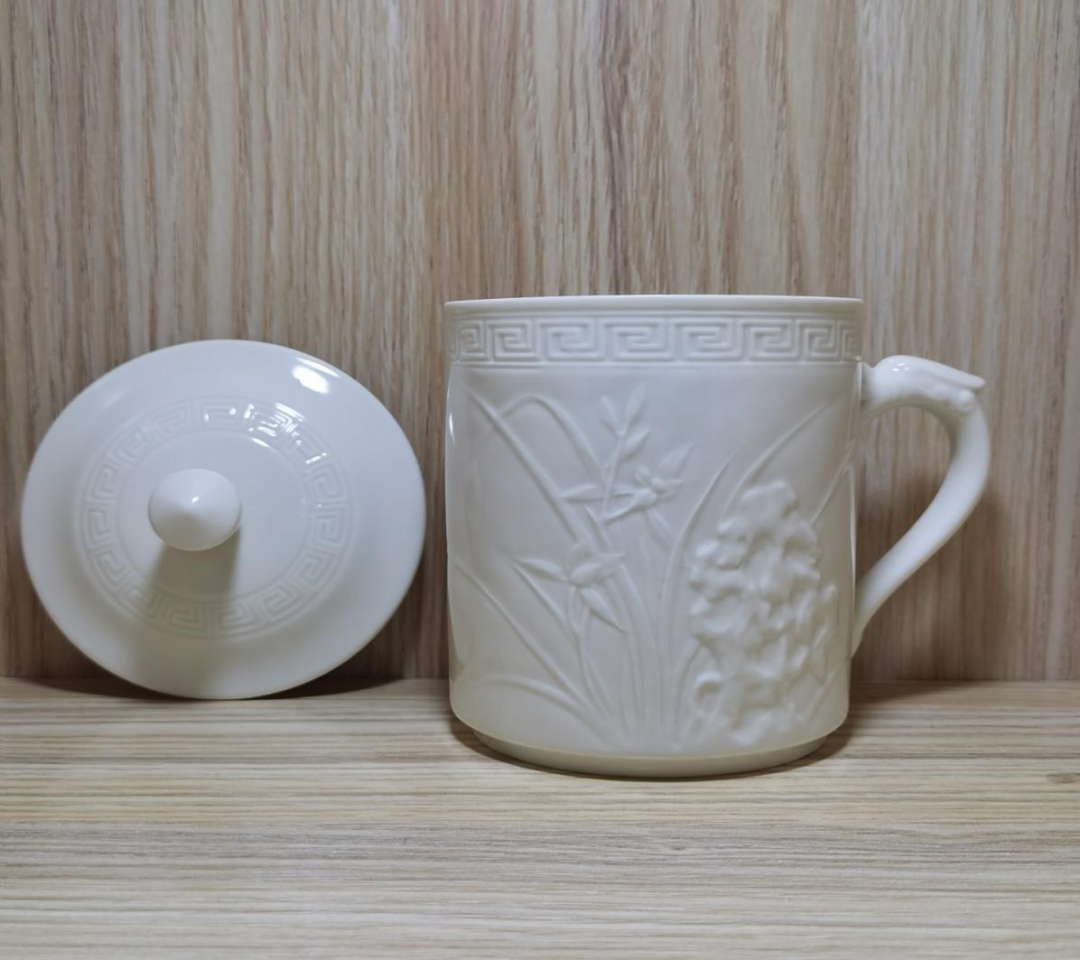
3
Shuangfeng Mudan Plate
The most famous printed process of Ding Porcelain is the pattern of the Phoenix Peony. Selected two types of fixed porcelain blue glaze and white glaze. The glaze is clear as jade, the lines are flying, elegant and beautiful, meaning auspicious and harmonious, noble and elegant.
Specification: diameter 230mm high 40mm high
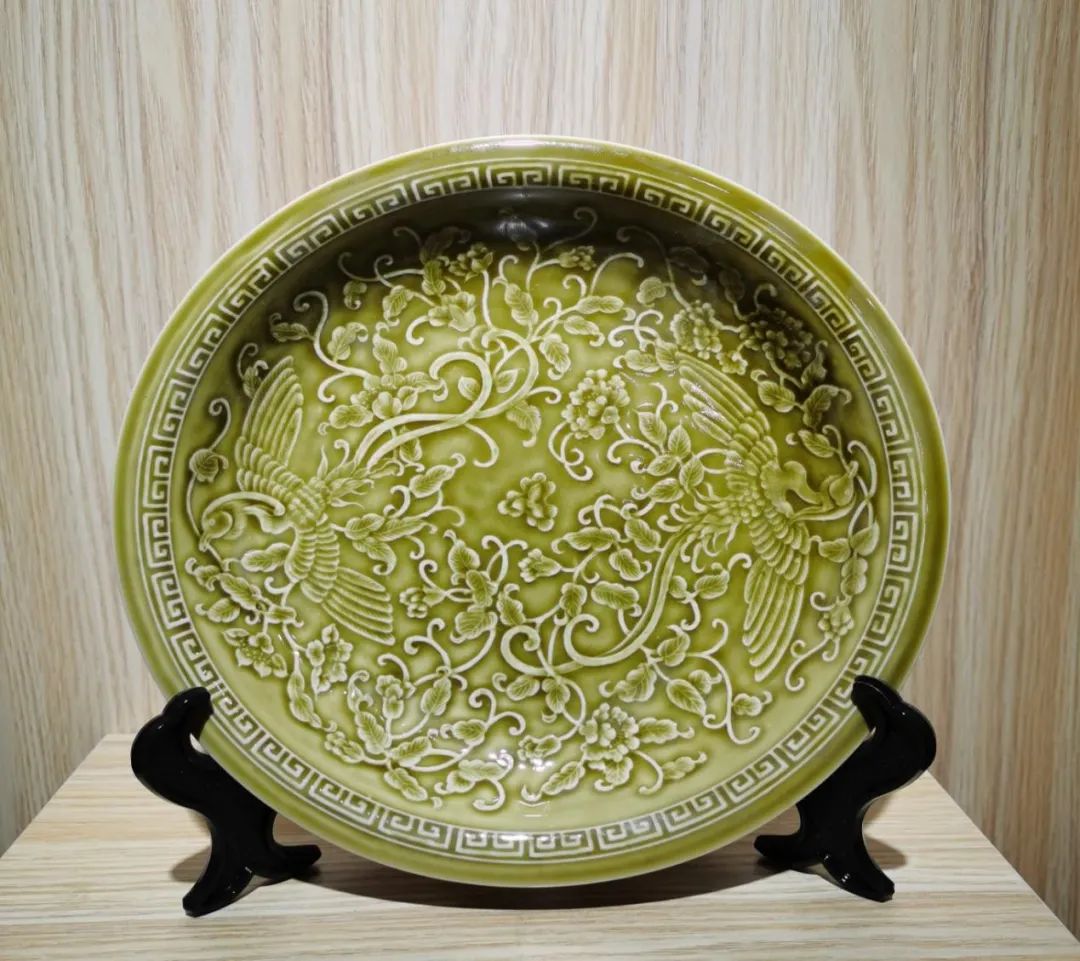
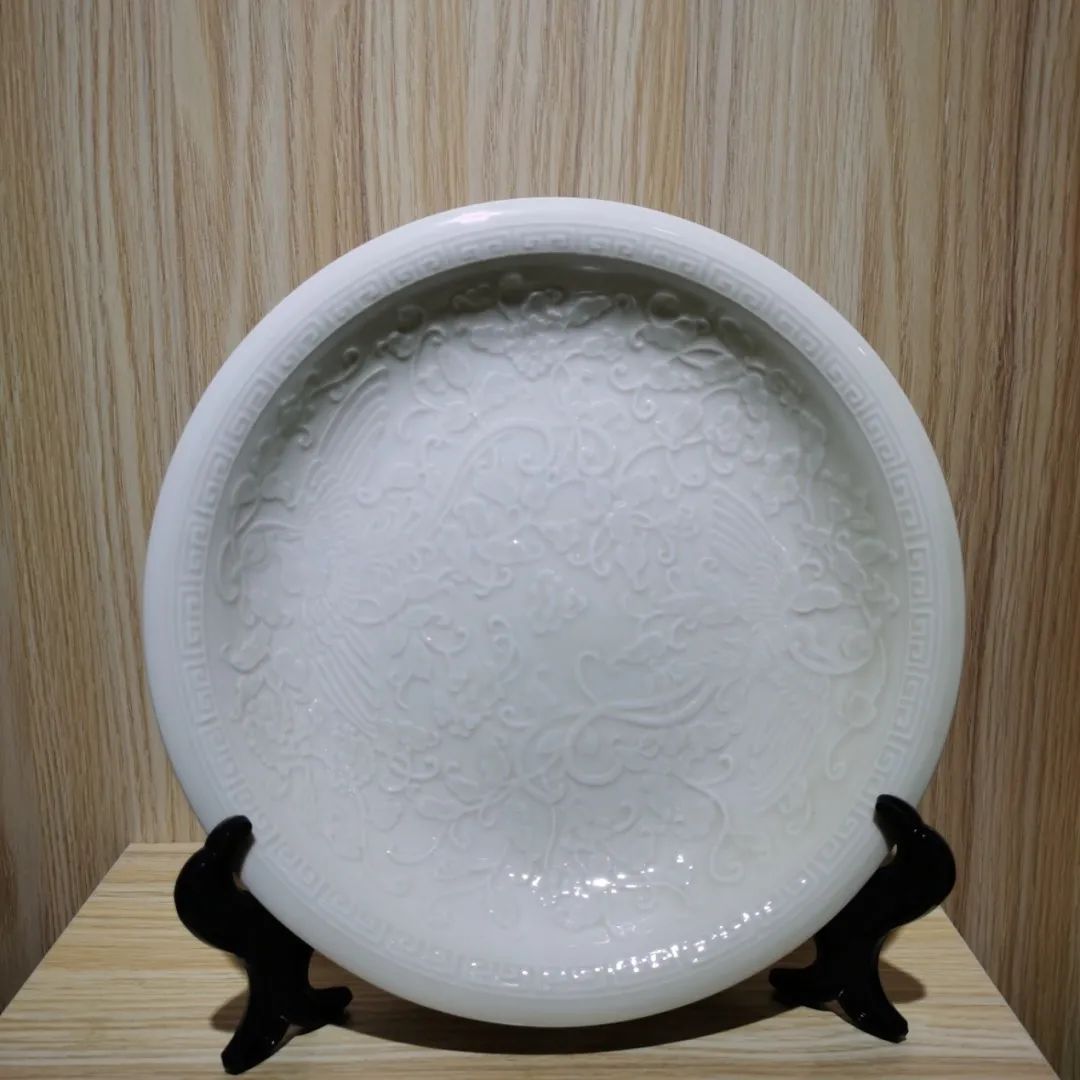
4
"Great Wall majestic" carved plate (large) (small)
The Great Wall is a symbol of will and courage, symbolizing the great wisdom of the Chinese nation. The majestic posture of the Great Wall carved the Great Wall is elegant and elegant.
Specification: 50 × 250 × 20mm (large)
188 × 188 × 19mm (small)
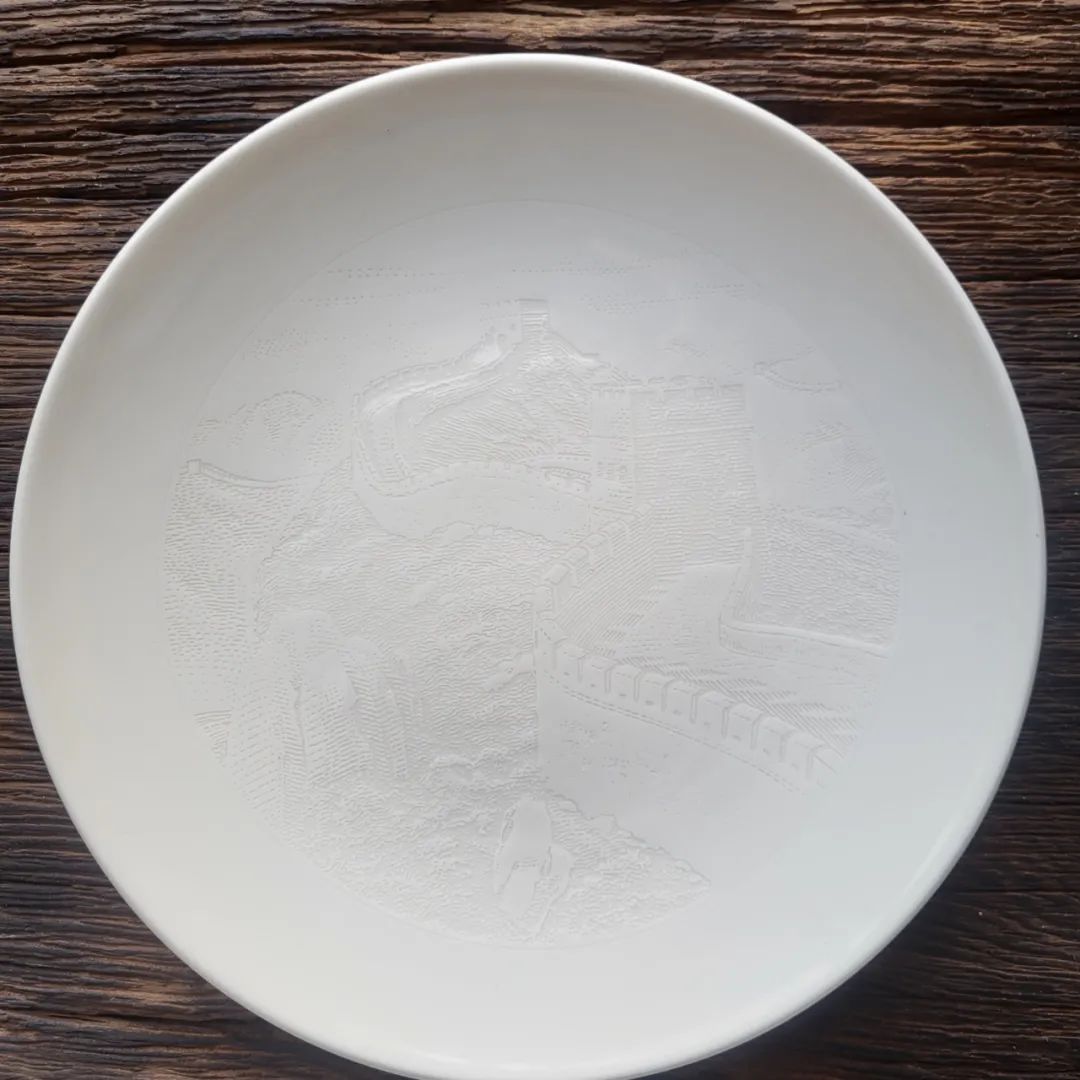
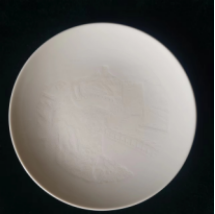
5
"Great Wall majestic" cover cup
The Great Wall is a symbol of the strong and unyielding and unyielding spirit of the Chinese nation. The majestic body of the Great Wall carved by this cover, with a transparent glaze with Dingyao, shows Chinese wisdom and Chinese spirit.
Specification: 85 × 85 × 104mm

6
"Peace Friendly Messenger" Grand Panda Cup
The giant panda as a messenger of peace has won the love of the people of the world. This lid cup is based on bamboo and panda, and the cup body and lid button are designed with pandas, which are round and cute.
Craft: Traditional Ding Kiln White Glazed Carving
Specification: 88 × 88 × 130mm
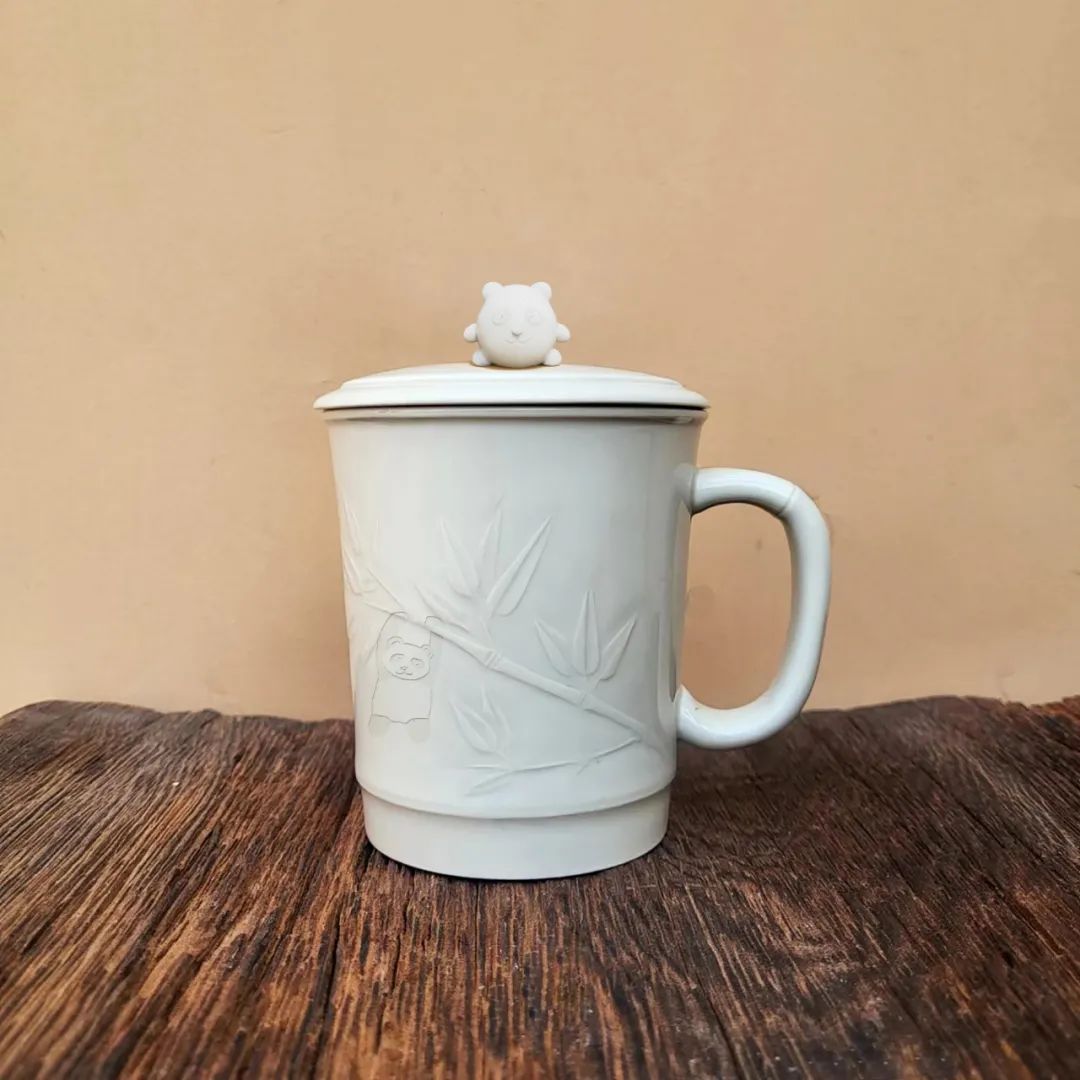
7
"Hehehe" Liu Dou cup
Harmony and cooperation. Designed with the harmony of the harmony, the harmony pattern is carved in the traditional "Liu Dou Cup" in the heart, conveying the concept of cooperation between Union Wanbang and cooperation.
Specification: 77 × 77 × 42mm
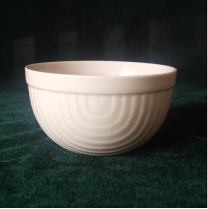

8
"Hehehe" lotus petals
Selecting and harmonious elements as the main body, placed the word "Lotus Plobs" in the traditional "lotus petal", is the inheritance and innovation of Chinese culture, and the transmission and expression of Chinese spirit.
Specification: 78 × 78 × 44mm
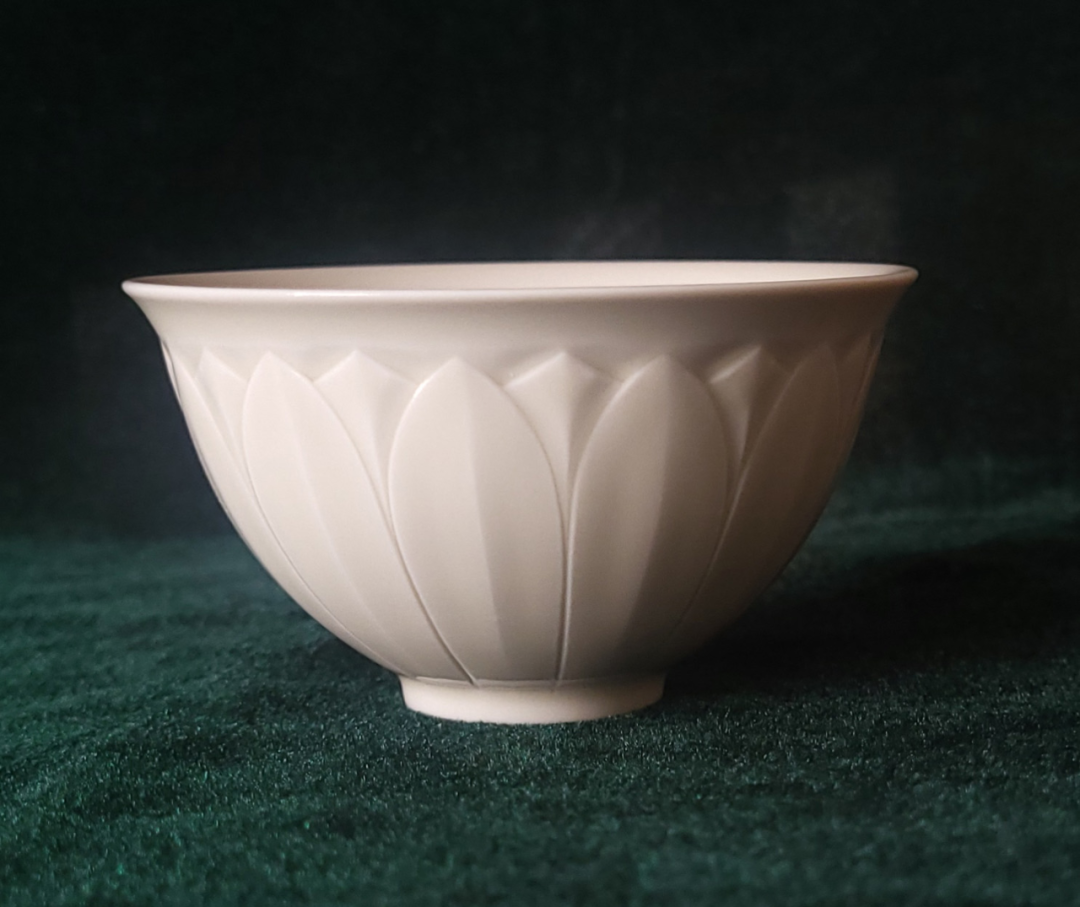
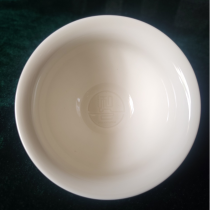

9
"Furian Thai" carved plate
This product carves the traditional white glaze of the traditional Chinese Kirin Xiangrui element on the begonia plate, which is white and elegant, implying auspiciousness.
Specification: 260 × 140 × 15mm
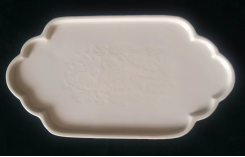
10
"Chinese Wind" carved plate
Combining the CHINA element with traditional porcelain, with a novel form and exquisite shape, showing a full Chinese style.
Specification: 50 × 250 × 20mm
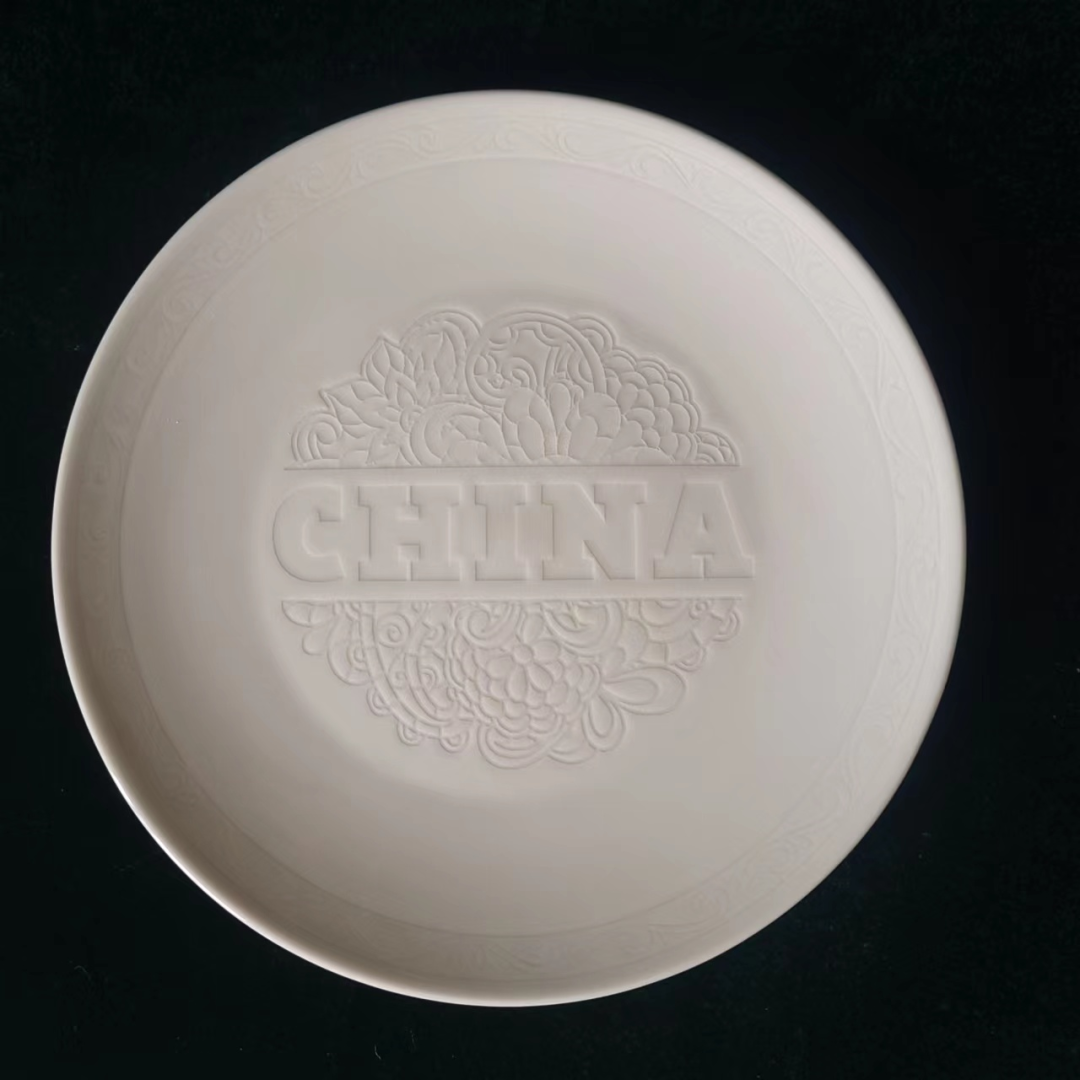
11
"Blessing to Rour" carved plate
While the Chinese calligraphy "blessing" is cleverly embedded in the translations of Britain, France, West, Russia, and Arabic, it is carved in Dingyao's white glaze carved plate. The blessing is like the wishes. This is a blessing from the world.
Specification: 50 × 250 × 20mm
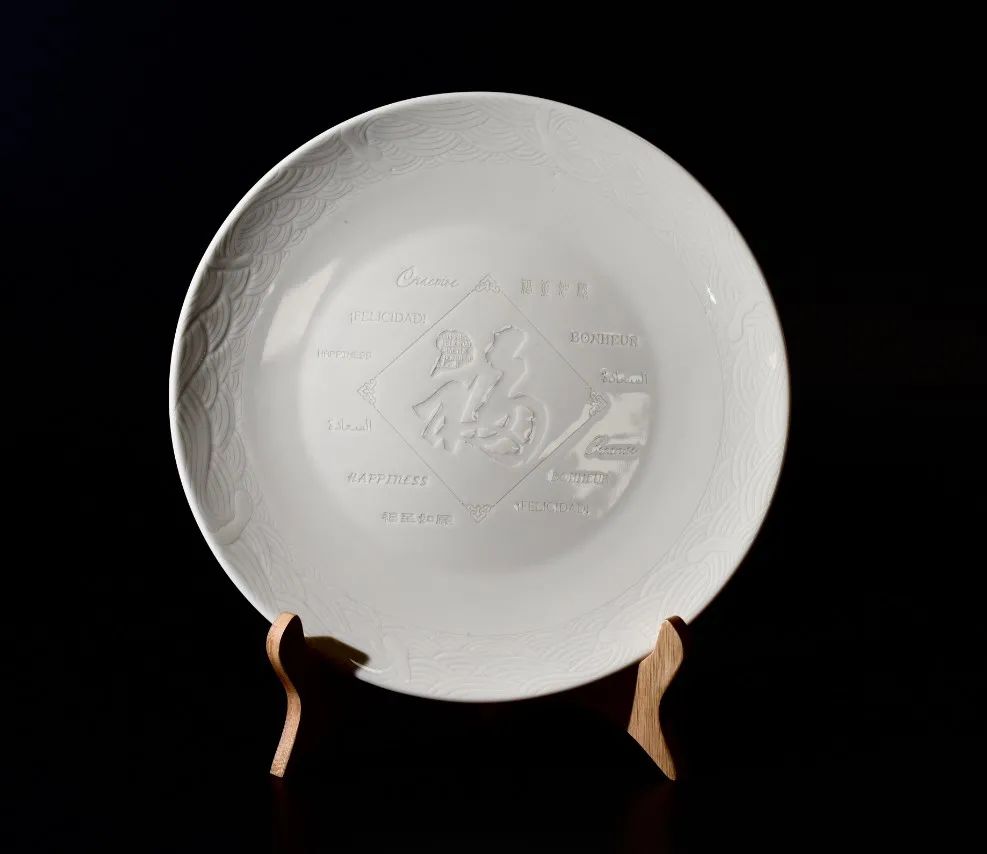
12
"The first blessing in the world" lotus petals
The main body of Qianlong Royal Pen Fook is decorated with the traditional lotus petal pattern of Dingyao in the outer circle, conveying the beautiful wishes of Yingfunxiang.
Specification: 78 × 78 × 44mm
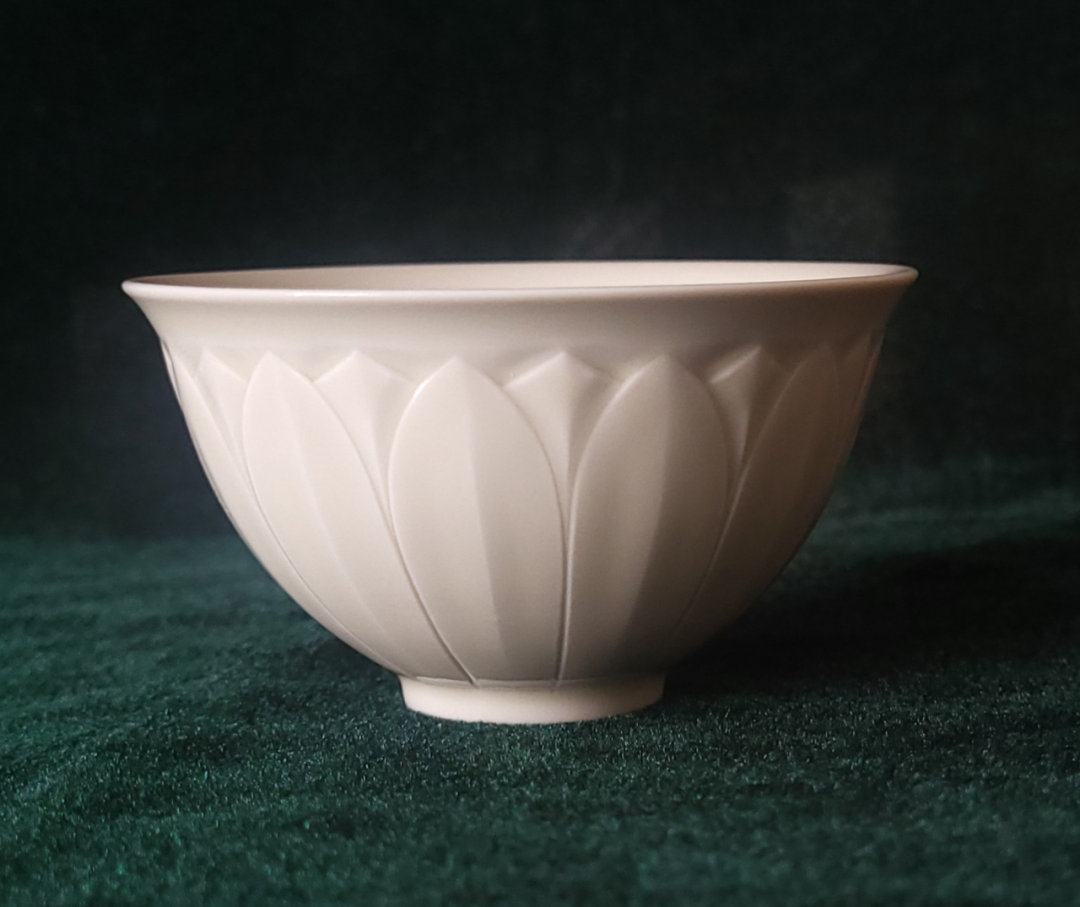
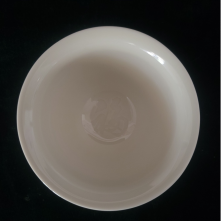
13
"The First Blessing in the World" Liu Dou Cup
Dingyao traditional Liu Dou cup plus Qianlong Royal Blessing characters, the expectations of a better future to the cup body, expressing the most sincere blessings.
Specification: 77 × 77 × 42mm
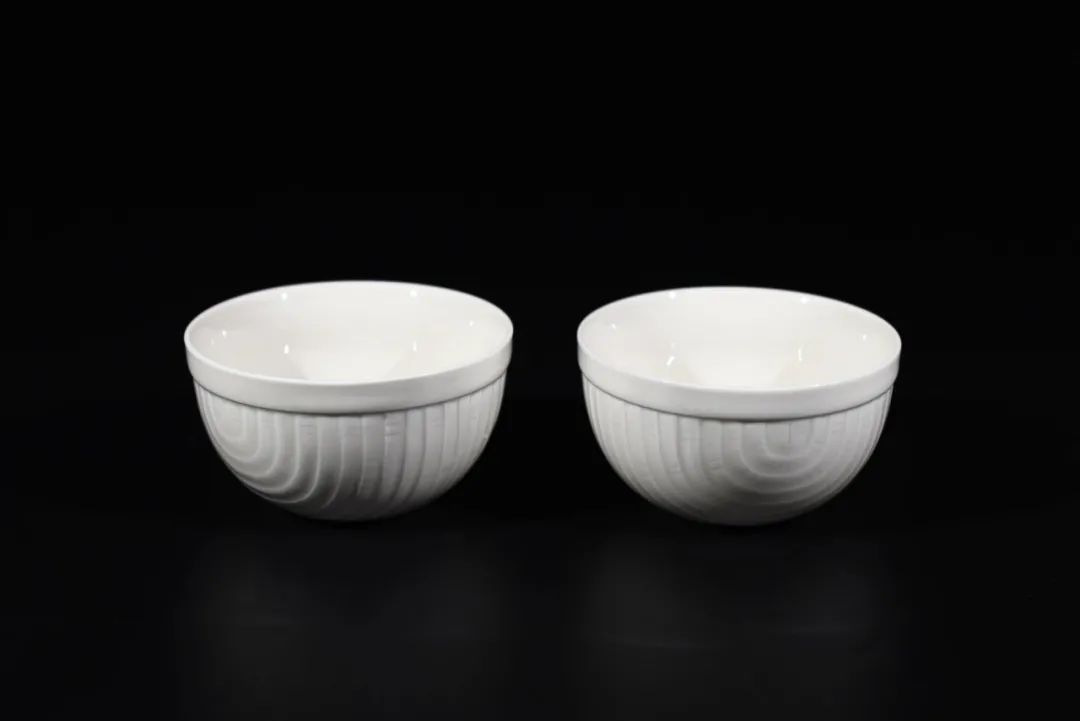
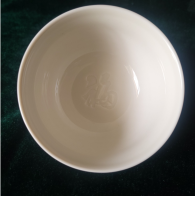
14
"Jingyun" carved plate
Taking the national essence of Peking Opera as the element, and the fixed kiln white glaze carved plate as the carrier, it shows the inheritance and innovation of traditional Chinese culture.
Specification: 188 × 188 × 19mm
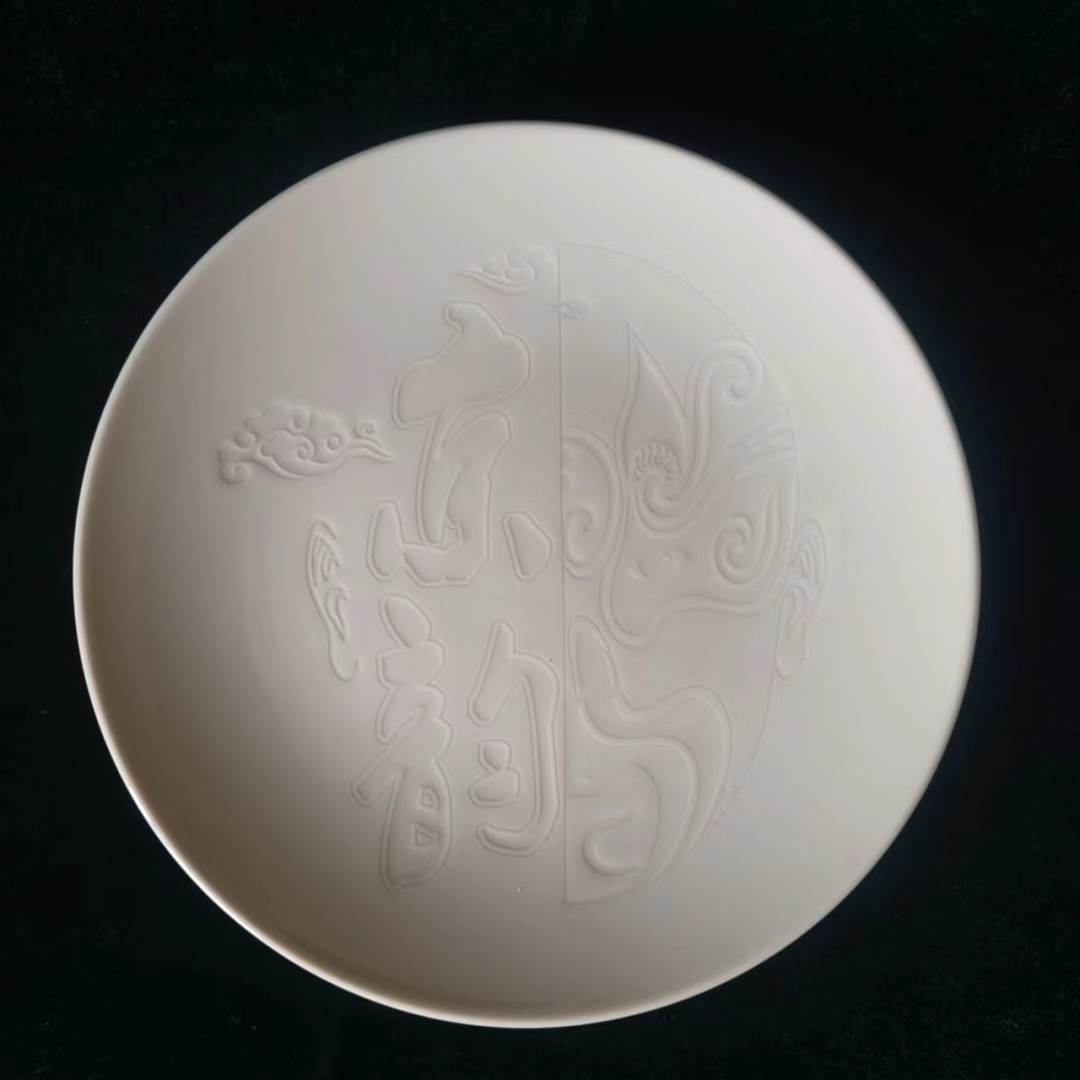
15
"Sea Silk Road" carving plate
This product uses waves and ships as the representative element of the "Maritime Silk Road", combined with the traditional fixed kiln white glaze, the glaze is transparent, soft and jade. At the same time, it also expresses the exchanges and collisions of different cultures between our country and other countries. Specification: 202 × 185 × 27mm
16
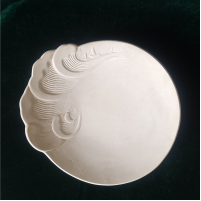
"Charm of the Forbidden" carved plate
Select the white glaze carving of Dingyao and place the corner of the Forbidden City in Panxin. Ding porcelain and the Forbidden City are the exchange and integration of traditional Chinese culture, and it is the innovation and development of culture.
Specification: 50 × 250 × 20mm
17

Embassy activity commemorative cup
The cover cup is carved with the blooming magnolia flowers with the traditional way of getting rid of the flower of Dingyao, and the other side is carved with the commemorative activity logo. Magnolia symbolizes deep friendship, implying the friendship between the two countries.
Specification: 85 × 85 × 104mm
18
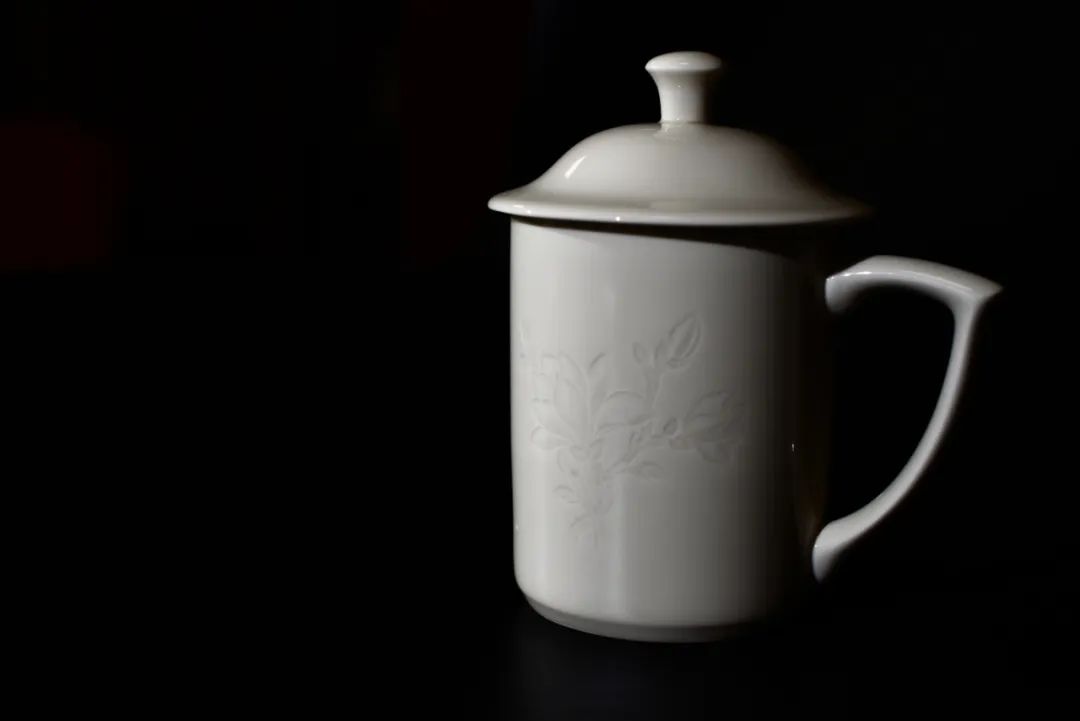

"Great Wall majestic" rough porcelain furnace
In the long history of the Chinese nation, the Great Wall contains a tough and self -reliant national spirit. Designing the image of the Great Wall into a incense burner is in mind the beauty of peaceful life.
Specification: 165 × 105mm
19
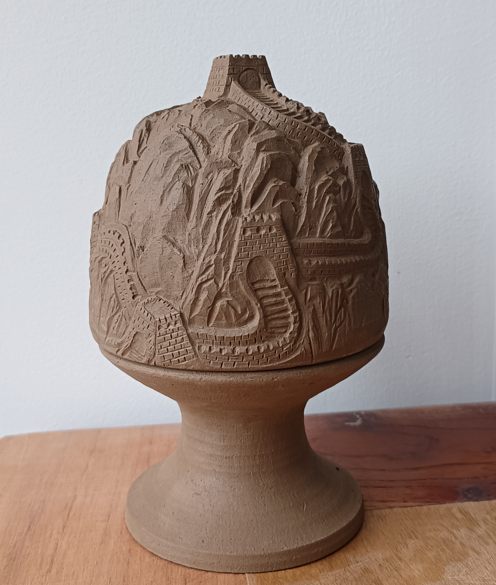
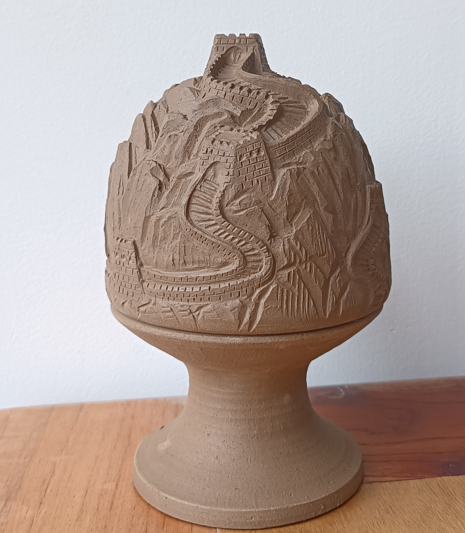
"Belt and Road" rough porcelain exhibition Chen board
With the theme of maritime and land Silk Road, the historical symbols of the ancient Silk Road are used to show the great initiative of the "Belt and Road".
Specification: 355 × 125mm
20
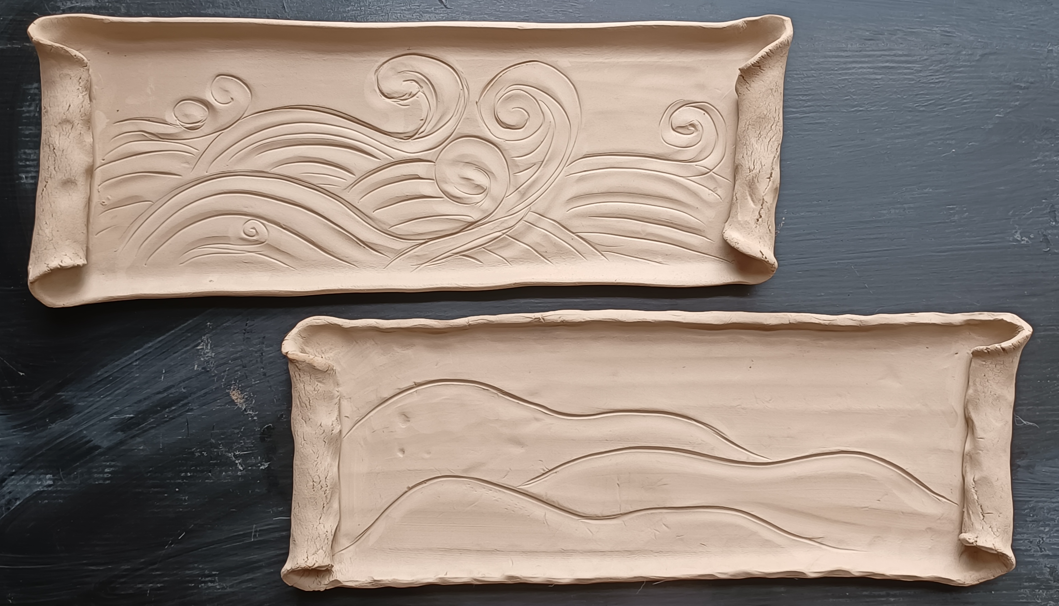
"Peace Friendly Messenger" rough porcelain tea set
This product is based on the theme of peace -friendly messenger giant pandas, showing the appearance of the giant panda, while incorporating the concept of peace into the daily bits.
Material: coarse porcelain
Specification: 120 × 100mm
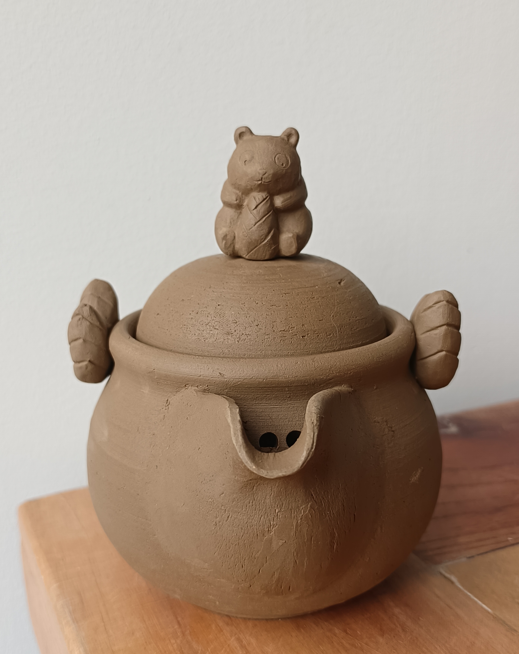
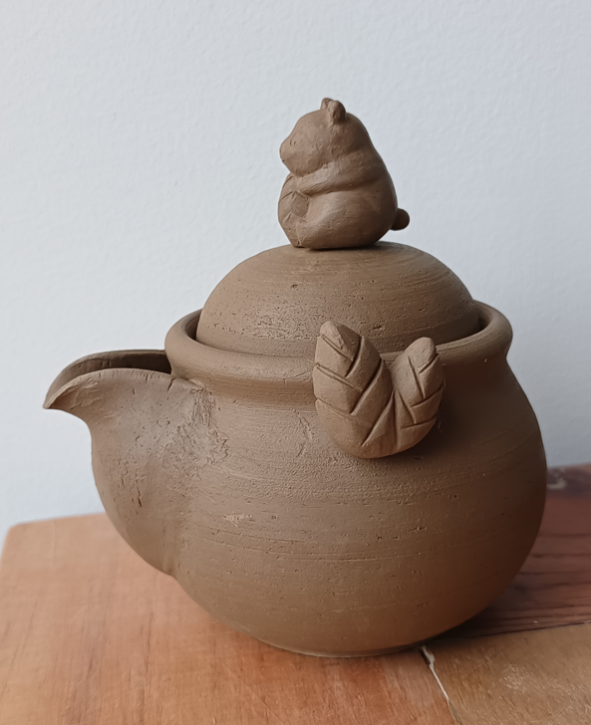
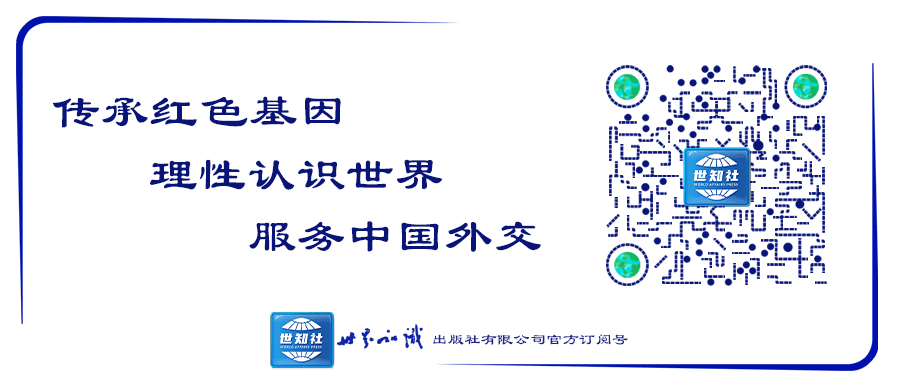
- END -
Weifang created "East Asian Cultural Capital" | Qingzhou Mihe Town Cultural Team greatly enhances public culture and add highlights
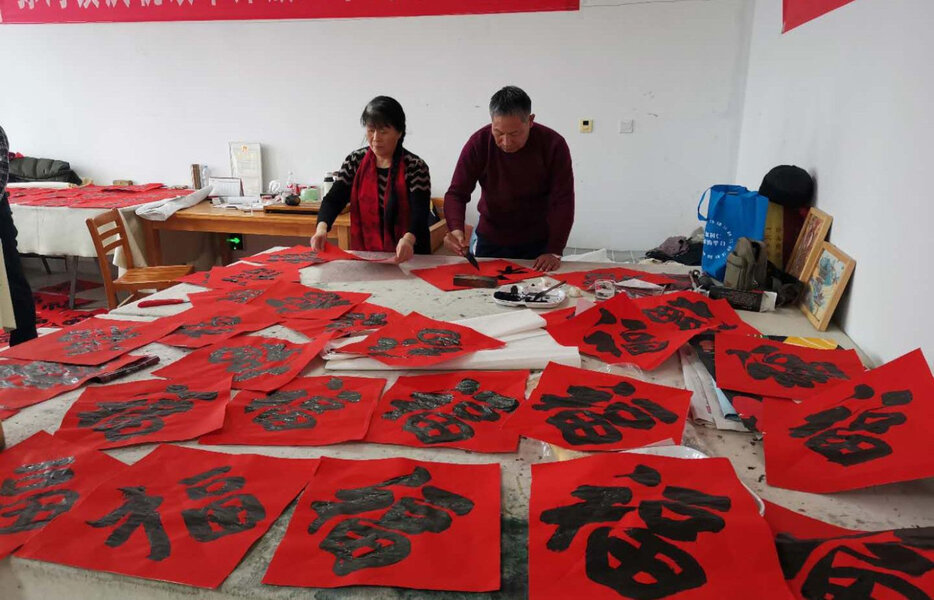
Starting from the construction of cultural teams in Mihe Town, Qingzhou City, we w...
The "Thirty -Three Swordsman Maps" passed down by Jin Yong, including the shadow of various characters in his book
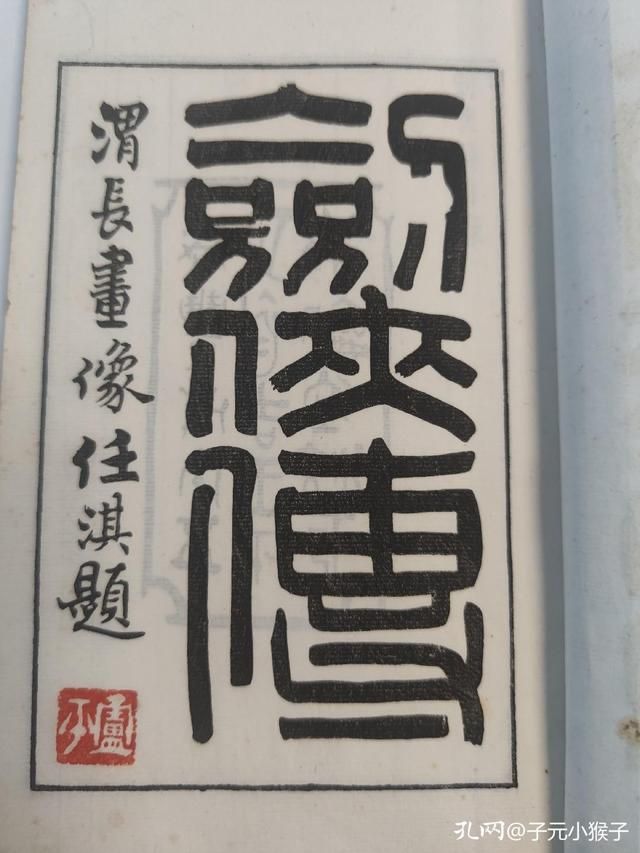
Author | Ziyuan Little MonkeySource | Confucius Old Book Network app dynamicRecent...